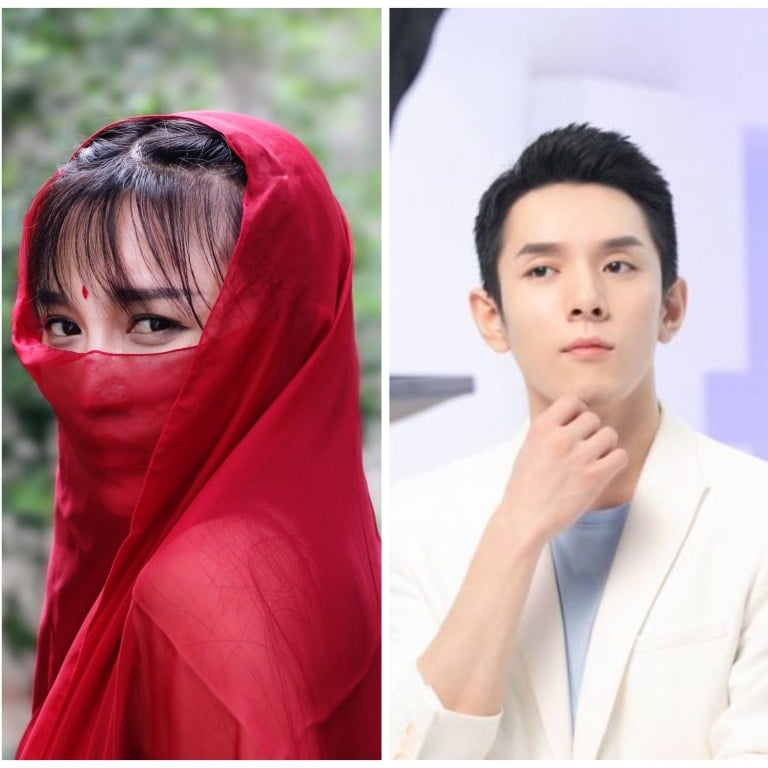Advertisement
Advertisement
Advertisement
Are influencers over? Virtual KOLs offer brands a safe solution to win over China’s Gen Z – just ask Versace, Nike or Converse
STORYJing Daily

- Adidas, Dolce & Gabbana, Givenchy and Coach are just a few of the big-name Western brands to have been caught up in boycotts in recent years
- Virtual KOLs Ling, Luo Tianyi, KFC’s Colonel Sanders and L’Oréal’s Mr Ou are all well known to local Gen Zers – are human influencers a thing of the past?
The mass exodus of Chinese celebrities from international brands over Xinjiang cotton – produced using the forced labour of the Uygur minority, say China’s critics – has highlighted the issues facing brands seeking to refine their China influencer strategy. Brands can take micro-steps in this direction by opting for more flexible, politically aware and collaborative approaches.
Despite the market buzz and future potential of virtual key opinion leaders (KOLs), human influencers are still the most effective branding vehicle in luxury and fashion. Working with the right KOLs is how most luxury and fashion businesses began tapping into China’s affluent, young consumers. Now, adapting that strategy to fit with China’s Gen-Z and their patriotic consumerism and cancel culture has quickly become the new game.
Advertisement

Last month, a broad campaign targeted global fashion brands over their stances on human rights in China’s autonomous region of Xinjiang, sparking digital consumer riots. Within a week, at least 44 celebrities and countless social media KOLs terminated all types of collaborations with the brands in question, including Adidas, Nike, Converse and others.
This type of celebrity and influencer mass exodus is not new for China’s young and digitally empowered generation. After the Dolce & Gabbana “racist” rant scandal in 2018, an avalanche of outraged comments led to the cancellation of the brand’s Shanghai show and all its celebrity and model contracts. In 2019, a T-shirt that had listed Hong Kong and Macau as independent countries propelled a cohort of A-list brand ambassadors to cut off ties with Versace, Givenchy and Coach.
The recent dramatic influencer dropout in defence of using Xinjiang cotton is only part of a wider issue that would force brands to reconsider their China marketing strategies in an increasingly polarised world. Without a revisited plan, brands are likely to see even more complications and consumer boycotts soon.
Given the volatility of working with humans, predictable and perfectly disciplined “virtual KOLs” seem an easy alternative for brands. The Chinese CGI influencer Ling 翎 is a good case in point. “Born” in May 2020, Ling combines traditional Chinese beauty with contemporary streetwear style, and young netizens are loving her ancient-meets-modern look. Thus far, she has worked with well-known brands such as Tesla, Vogue and hip tea chain Nayuki.